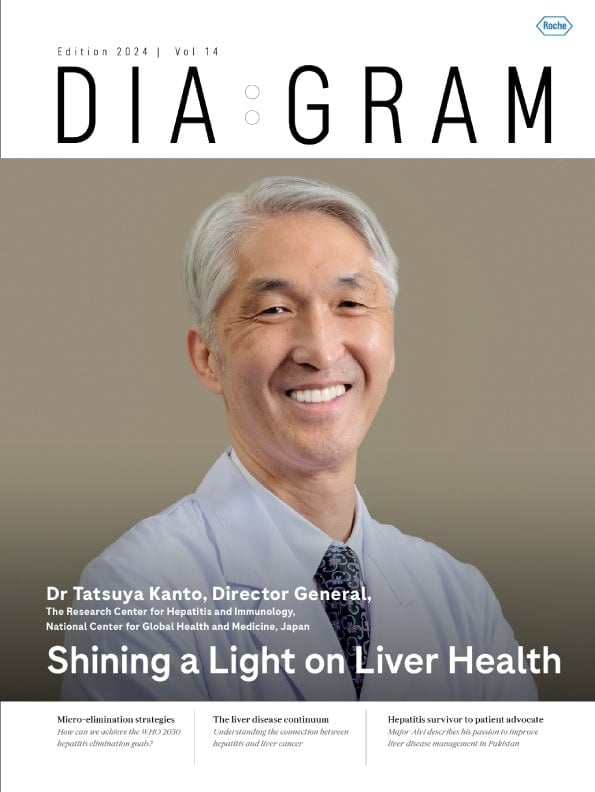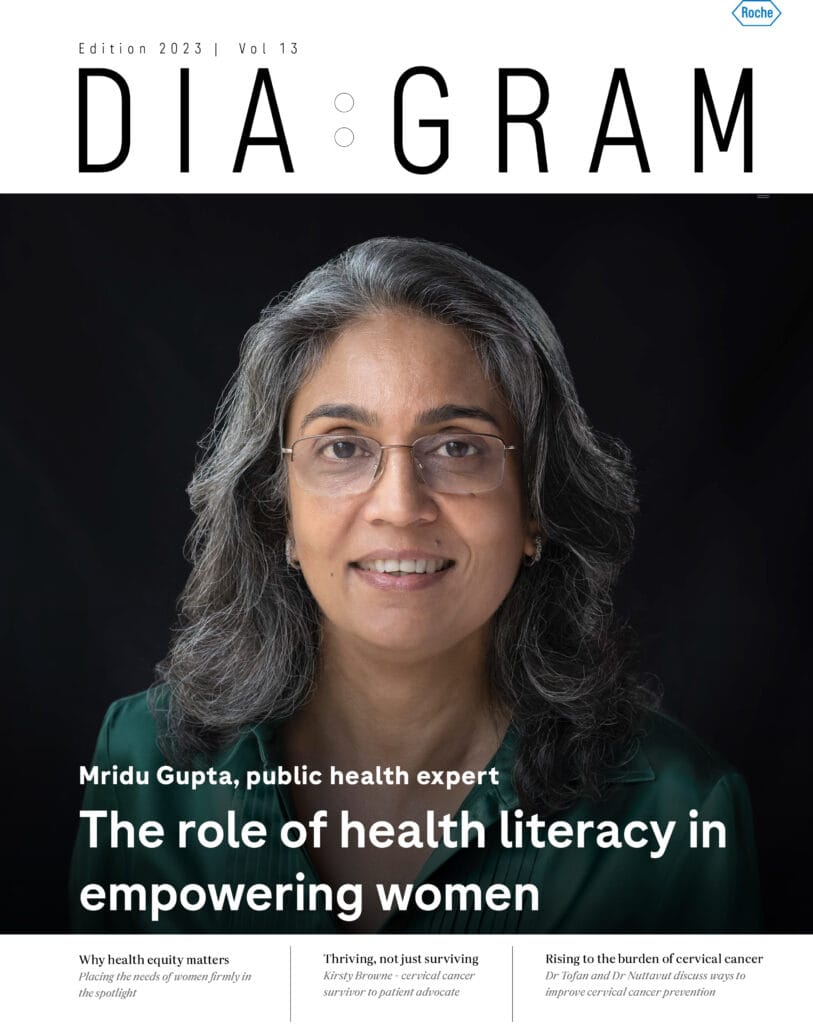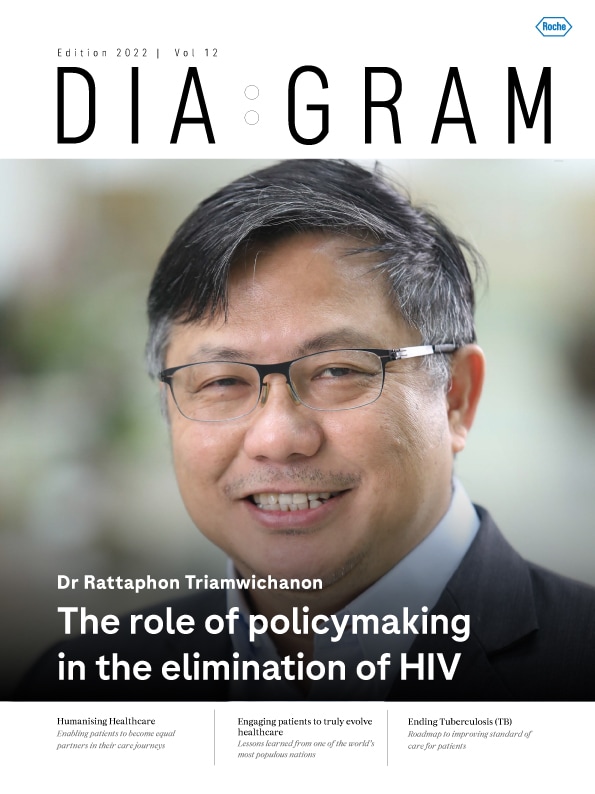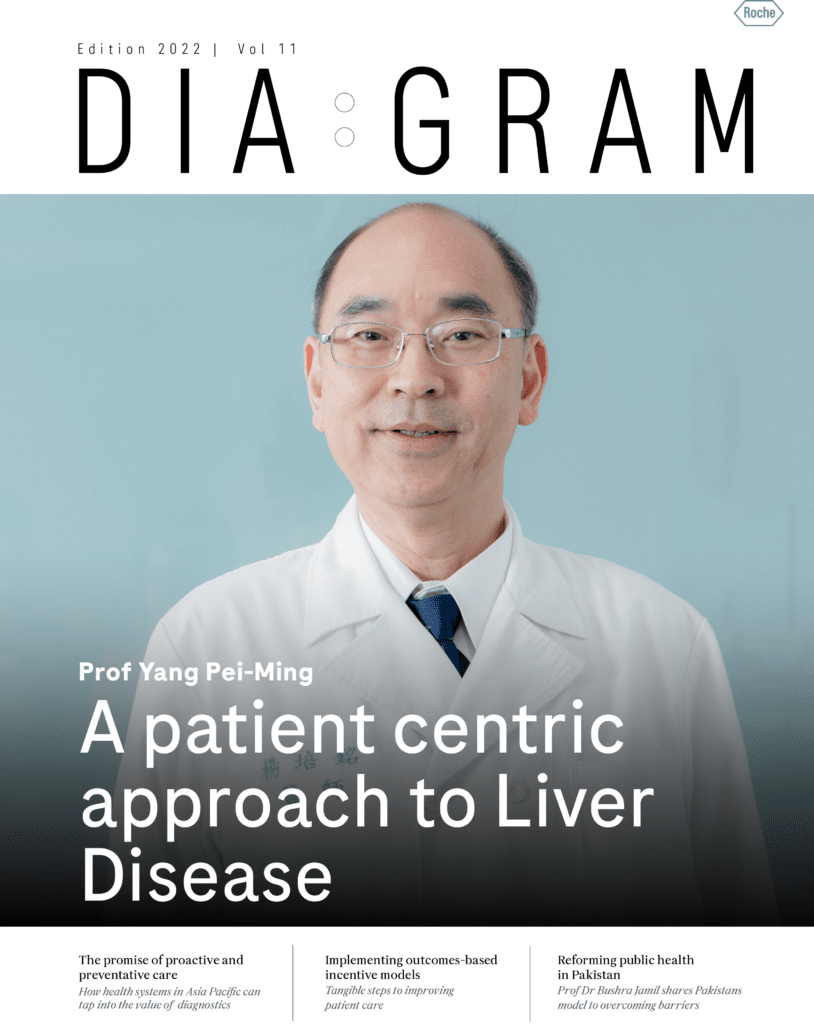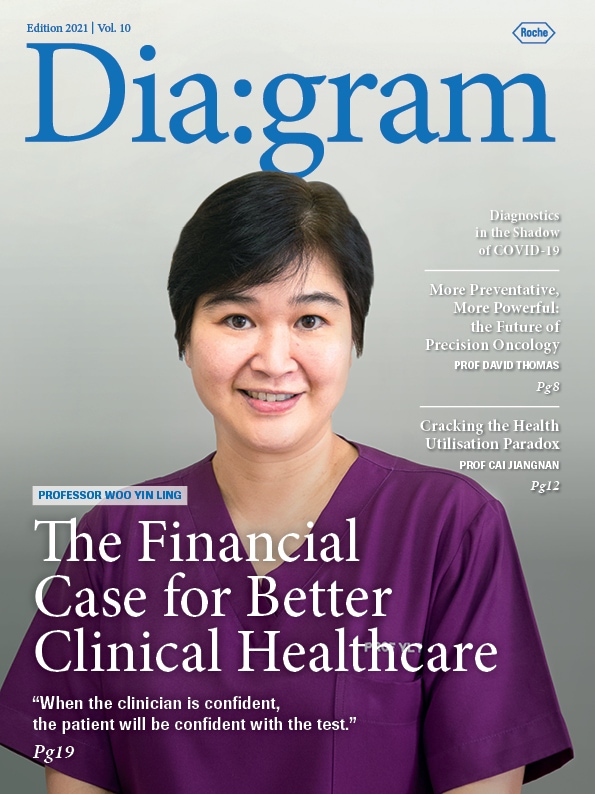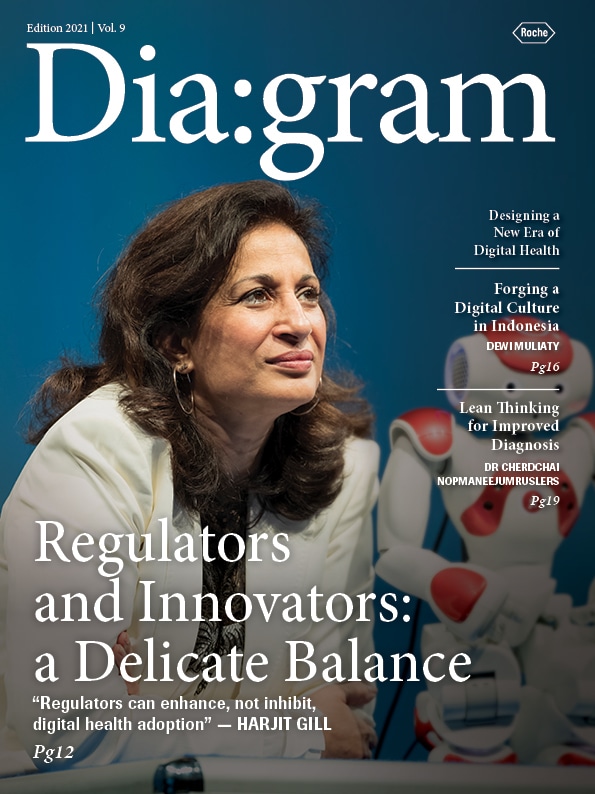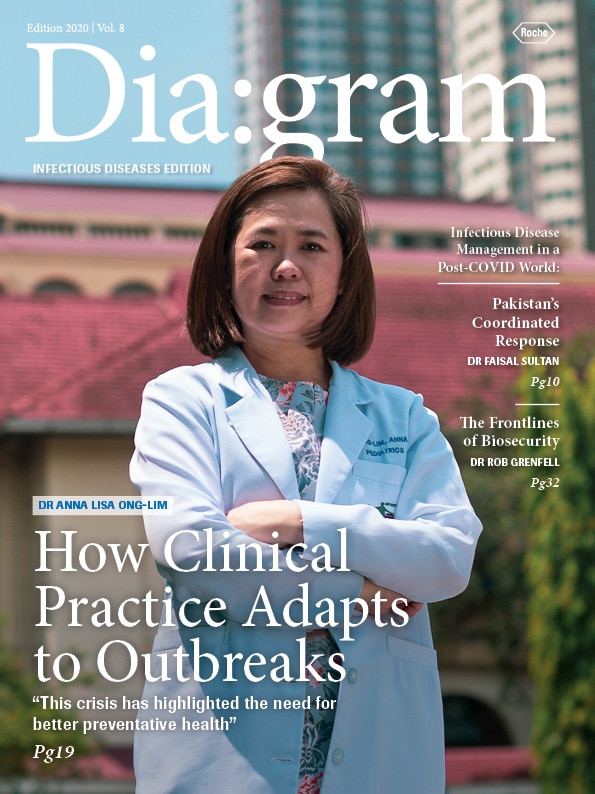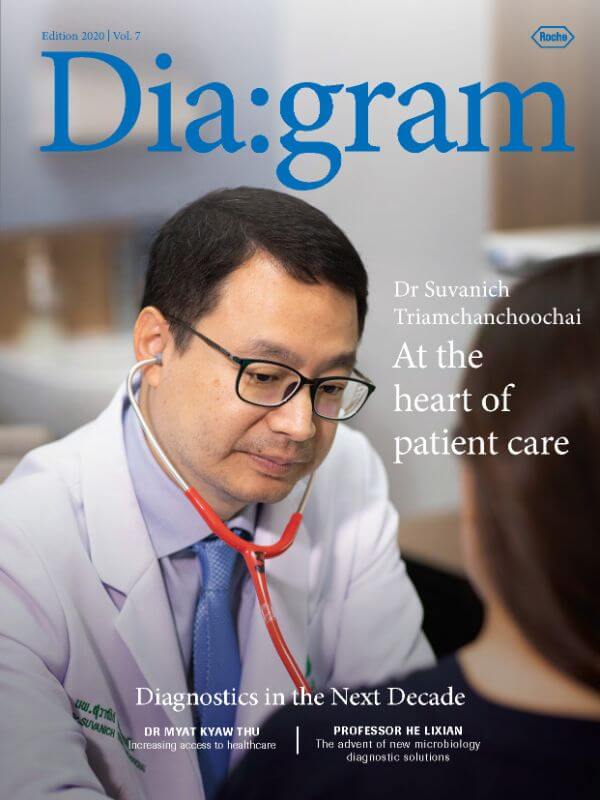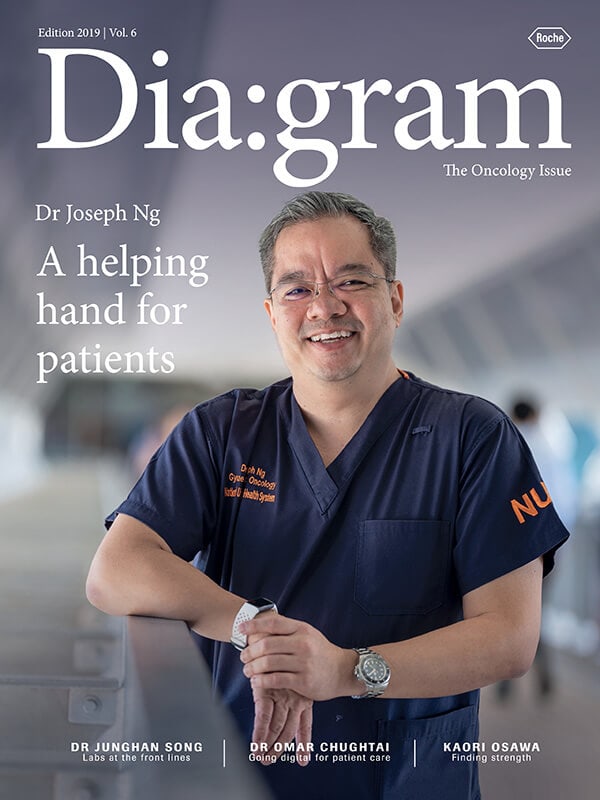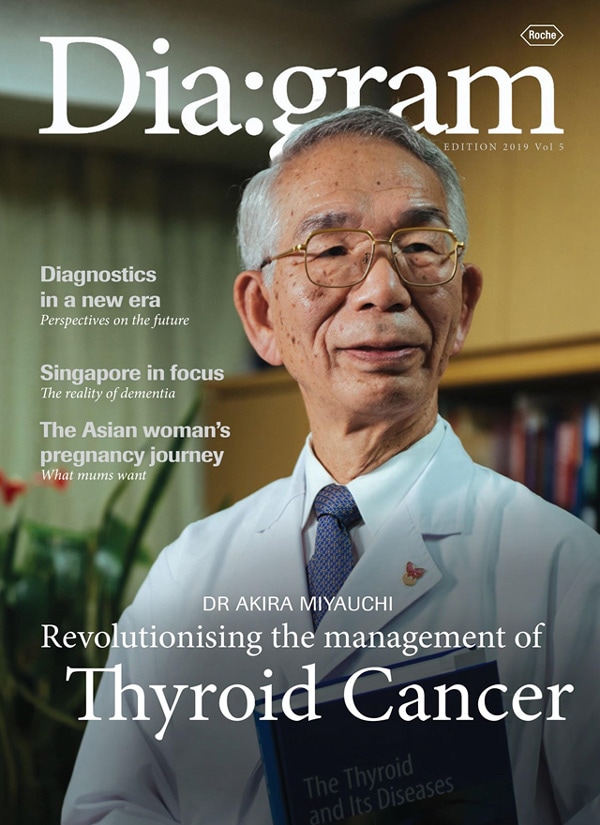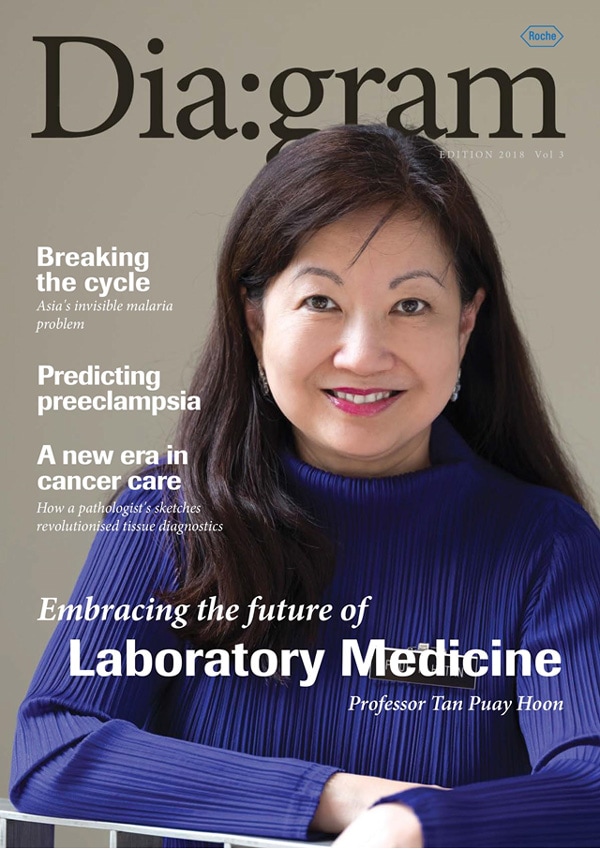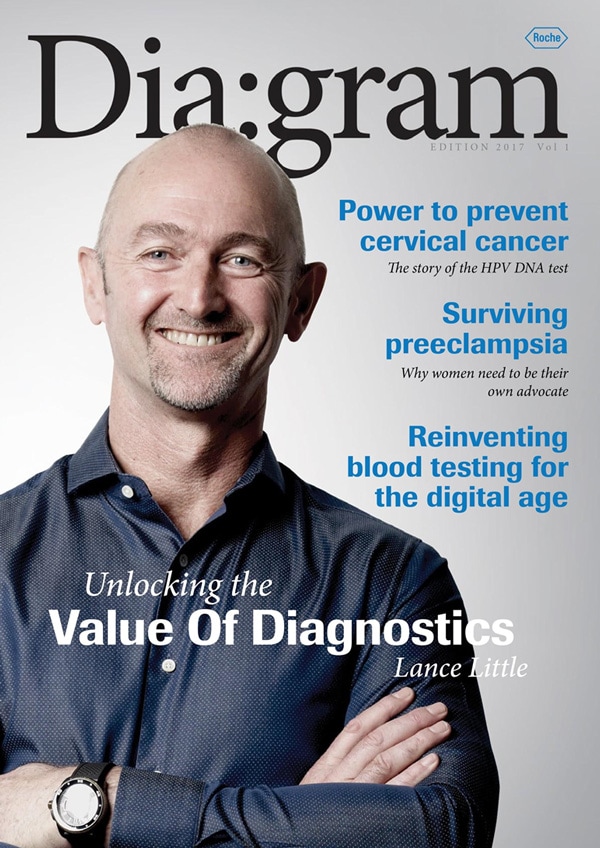Indicators of health status have significantly improved in the last two decades, yet cancer continues to be one of the major causes of mortality in Indonesia.1 So how is the country dealing with a scarce healthcare workforce and scattered geography? Diagram magazine finds out.
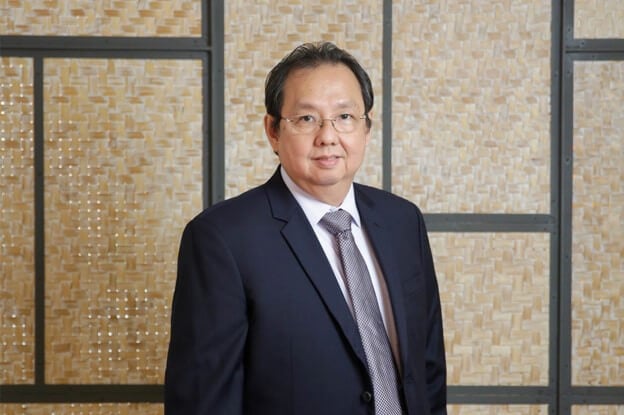
The biggest archipelago in the world, Indonesia is home to more than 13,000 islands where population density and levels of infrastructure vary widely. With significant regional disparities, ensuring access to high-quality healthcare across the island nation is proving to be a challenge. Non-communicable diseases dominate the mortality rate in the country with cancer showing a rising trend. Indonesia is trying to achieve Universal Health Coverage through various health schemes,2 enabling early screenings and prompt diagnosis with periodic monitoring are key to ease the country’s cancer burden.
Provided symptoms are accurately detected and patients seek treatment in a timely fashion, certain types of cancer are preventable. Realising the need for capacity building in remote regions, Indonesia has been actively working towards substantial growth in comprehensive cancer care services. At the Dharmais Cancer Hospital in Jakarta, the Head of Clinical Pathology Medical Staff, Dr Agus Susanto Kosasih says “Weekly webinars are hosted at our hospital for other regional medical institutions to raise awareness and expose specialists to difficult cases.” When specialists receive multiple perspectives and ideas are shared, treatment plans are better developed and quality of care is automatically improved. Dr Kosasih believes that such initiatives will upgrade health care services across the country and help Indonesians have equal access to quality care for diseases such as cancer.
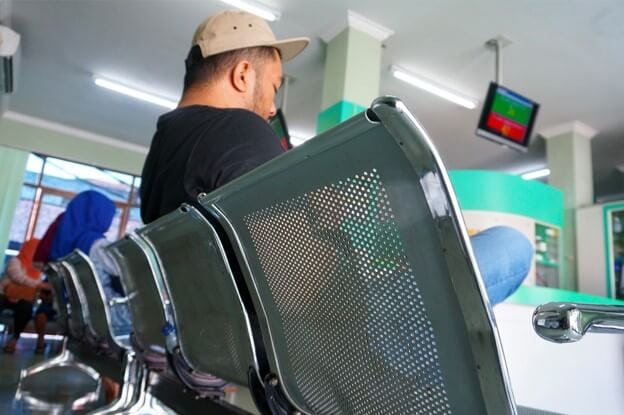
Despite a steady rise in the number of oncologists, most are concentrated in the western part of the country; as a result, poorer health outcomes are observed in many eastern Indonesian provinces and rural areas due to inconsistencies in the quality of health services. In such cases, however, telemedicine has helped patients receive remote treatment plans in otherwise inaccessible areas. At present, Indonesia’s National Cancer Control program is increasing radiotherapy coverage across northern and eastern parts of the country to complement early cancer detection. Additionally, a positive adoption of digital tools and precision medicine can yield better treatment results. Dr Kosasih notes, “Through workshops and engagement with newer tests and cutting-edge technologies, professionals can overcome skill shortage which will aid in making precise clinical decisions.”
Indonesia’s journey towards cancer care and prevention, and overall health coverage for all has highly been dependent on contextual barriers related to dispersed geographies. By implementing reforms and accepting novel methods to expand access for all, Indonesia is slowly reaching new heights which will eventually help the country eradicate health inequities.
References:
¹World Health Organization. 2018. Noncommunicable Diseases (NCD) Country Profiles Indonesia. Retrieved from https://www.who.int/nmh/countries/idn_en.pdf
²Statistics Indonesia (Badan Pusat Statistik – BPS) et al. 2013. Indonesia Demographic and Health Survey 2012. Jakarta, Indonesia: BPS, BKKBN, Kemenkes, and ICF International. Retrieved from https://www.ncbi.nlm.nih.gov/pmc/articles/PMC6134712/#CR22

